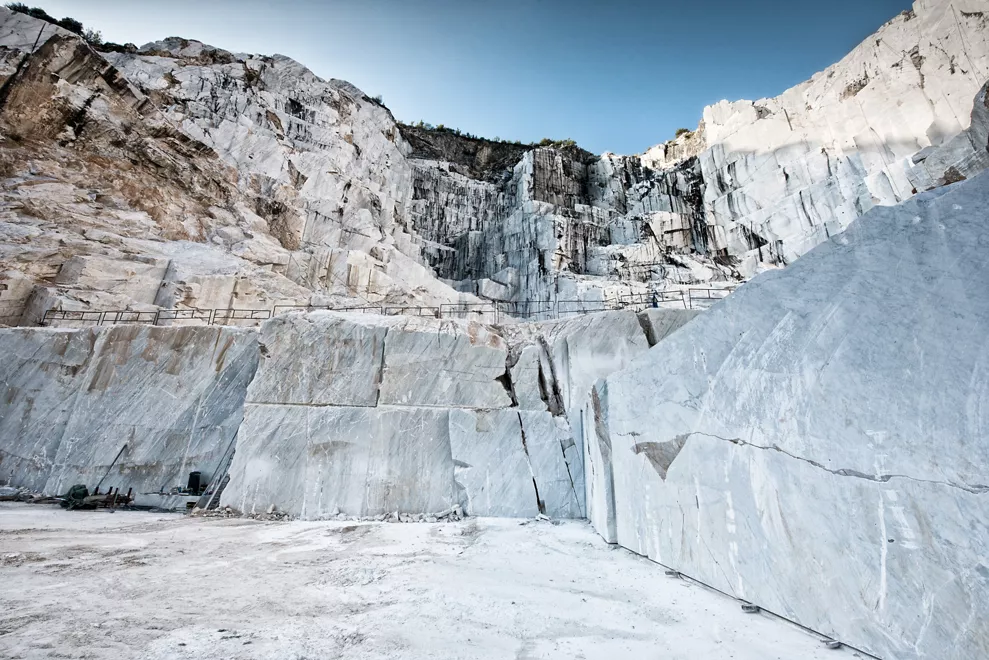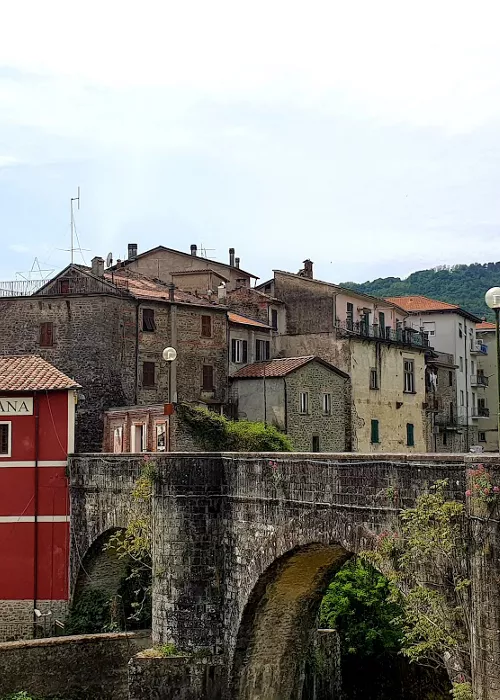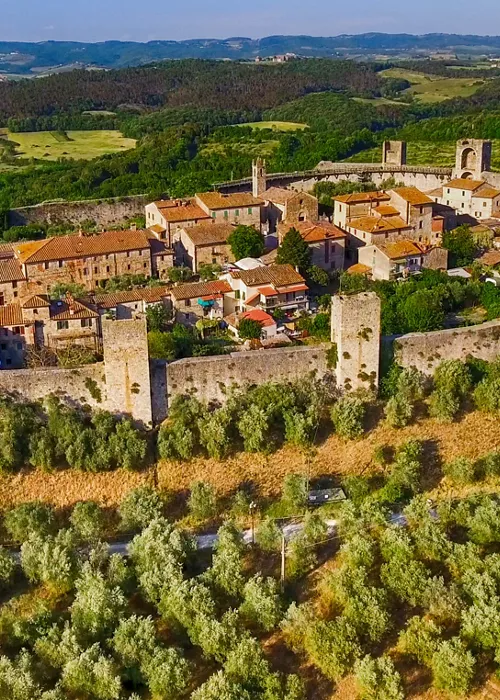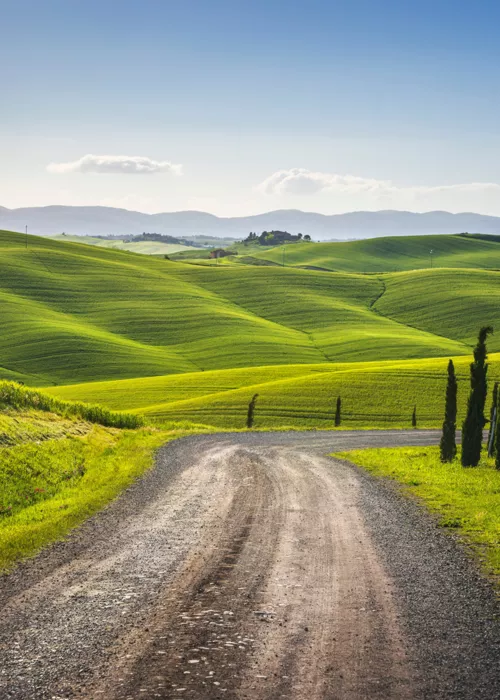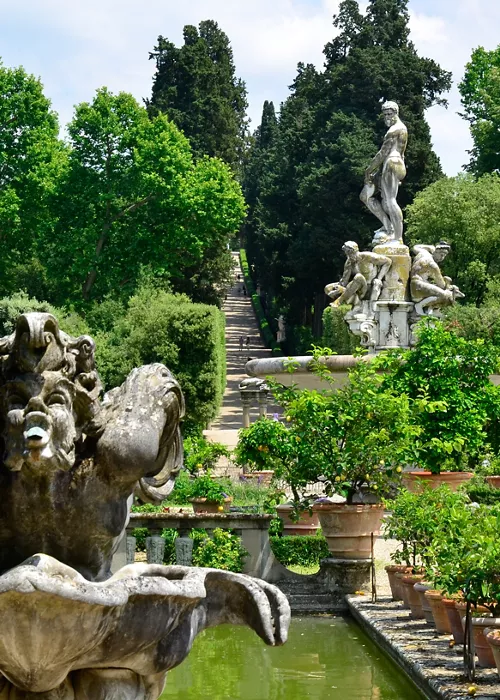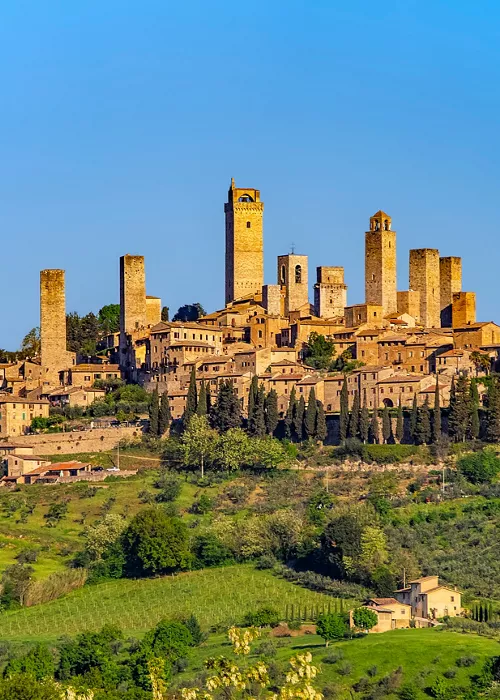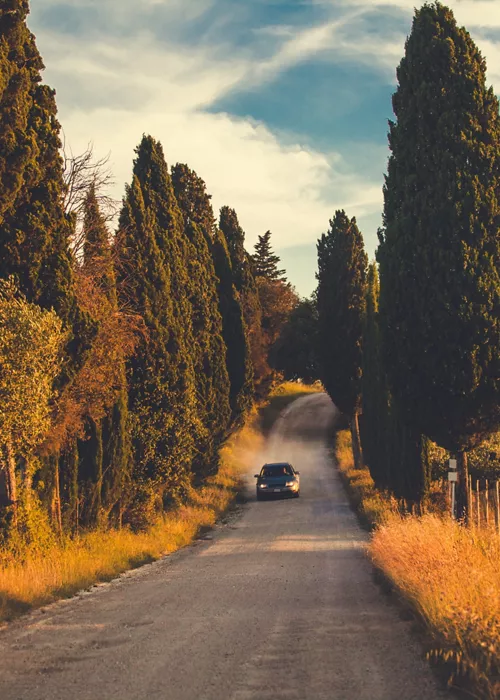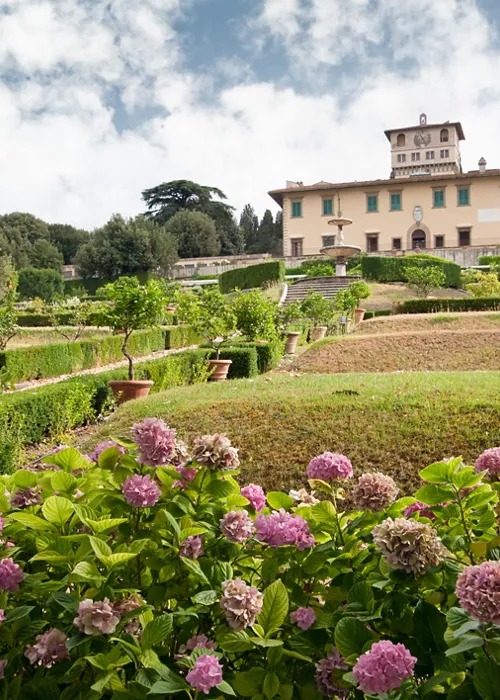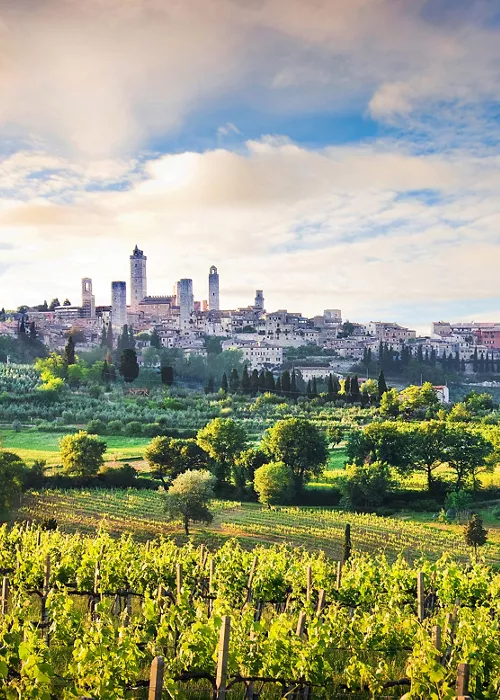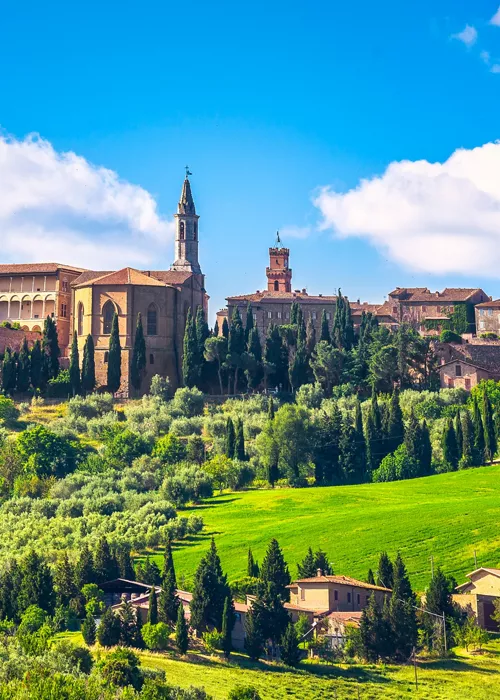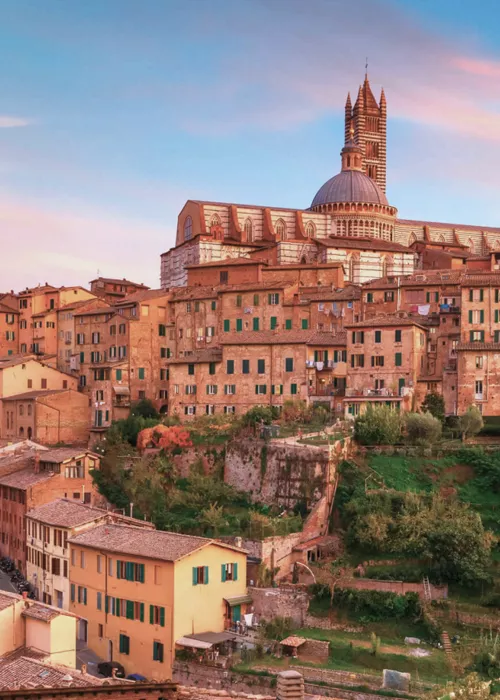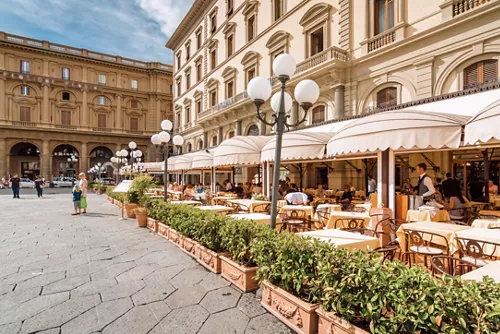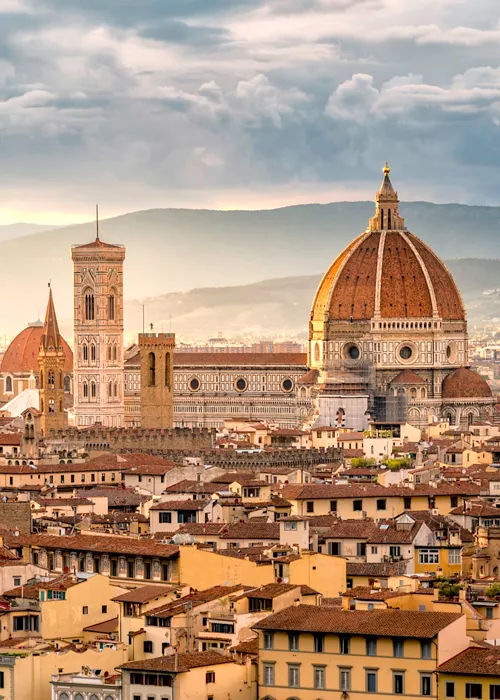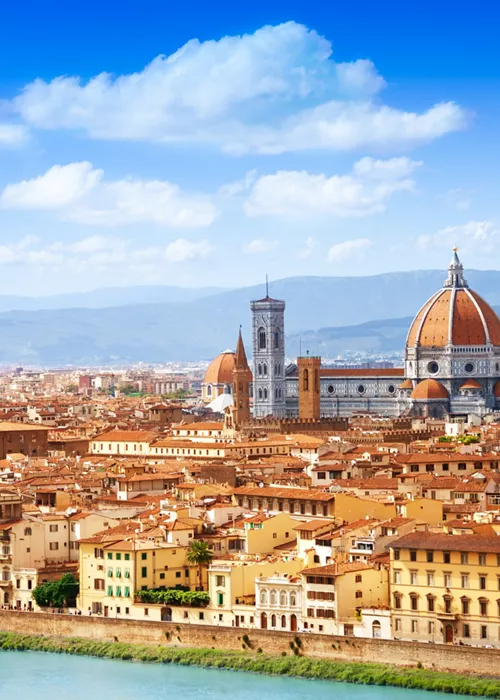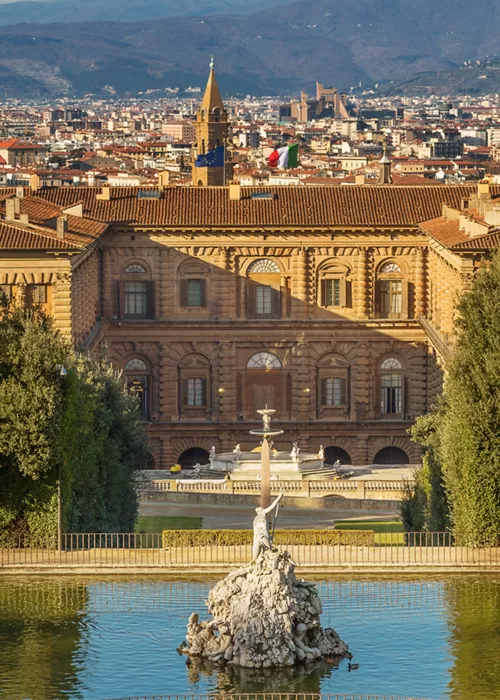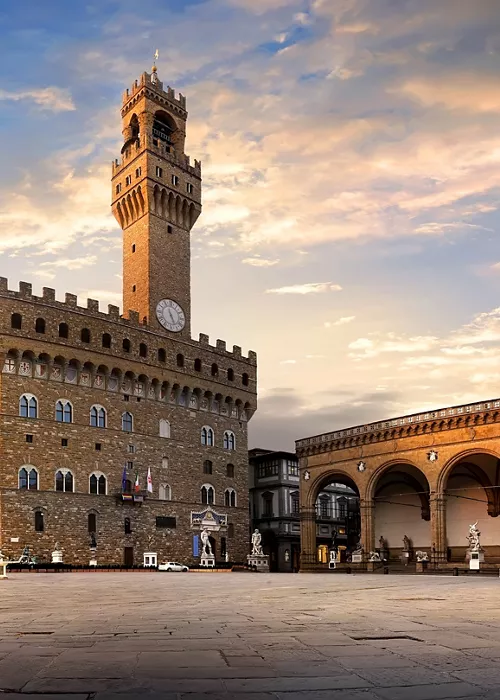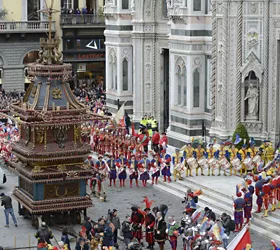Carrara: a pearl in marble
2 minutes
The city blends with the Alpines along a string of fascinating and mutating sceneries, where outlines in white – of both mountains and extracted marble – have shaped the history and fate of this place.
As an ancient Roman colony, Carrara was quick to be conquered, for the important fact of its marble quarries. But the centuries of domination never softened that rebellious aspect of Carrara’s people, who long have been known for the anarchical characteristic of their quarrymen, and for a knowing preservation of dialectical and cultural fusion into one, united tradition.
Marble and monuments
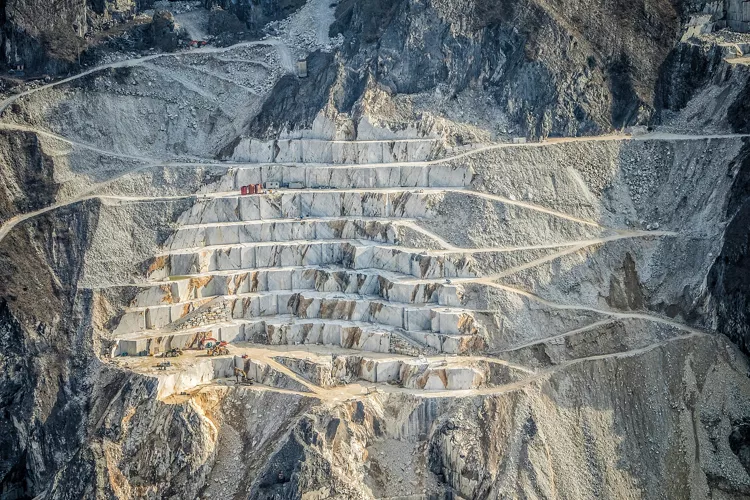
Still today, both the city and the entire Province of Massa-Carrara are appreciated for the abundance of their treasured white quarries. Everything one sees in Carrara speaks of its celebrated marble.
Beginning with its magnificent Duomo, in Romanesque and Gothic style, and containing frescoes and sculptures from between the 1400s and the 1500s. Of course, the façade and its splendid rose window are in marble, as are the balustrade and the pulpit. Piazza Alberica, then, features marble in the decorations of the fountain and of the surrounding palazzi.
For visitors to Carrara, exploration of the marble quarries begins with the Civic Museum of Marble, founded in the 1980s it boasts a rich display of ancient objects and precious archaeological finds. Spatially, it actually arrives at the marble quarries, passing over the Vara Bridges and inside the dug-out rock tunnels.
In Campocecina, on the Apuan Alps, take time to appreciate the Poets’ Quarry – on whose walls the words of poets and other illustrious figures are carved – and the Park of Memory’s 20th-Century statues (in the International Sculpture Symposium) dedicated to the memory of the Holocaust.
Artists' ateliers and exhibits
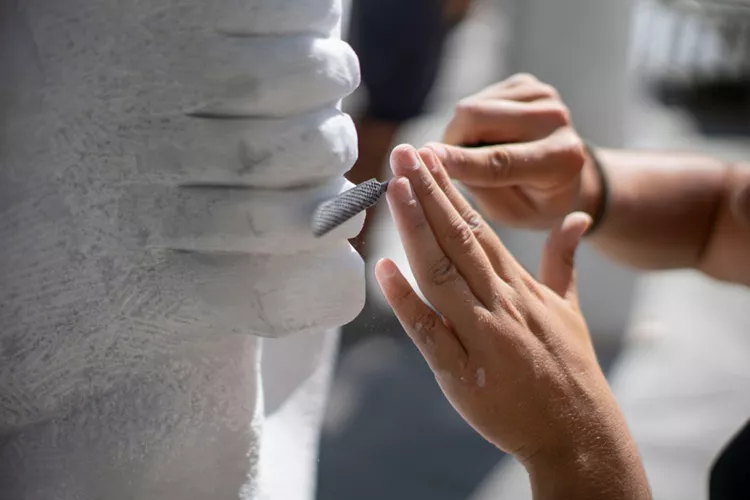
Sculpture enthusiasts can see the characteristic artists' ateliers, along with exhibits paying homage to important names in contemporary sculpture – whether part of events focused on marble work in Carrara or in neighboring communities.
For those who find themselves in Carrara in August, the Historical Commemoration of the Lizzatura (the ancient method in which the quarrymen moved blocks of marble, sliding them over soap-coated timbers, and utilizing the help of oxes) takes place in the magical setting of the quarries.
The Lardo di Colonnata

Even one of the world-famous local gastronomic products is inextricably tied to the local marble: the Lardo di Colonnata, or Lard from Colonnata. This genuine glutton’s delight is named for the place where it is kept to age: i.e. Colonnata, a tiny quarrymen’s borgo surrounded by picturesque marble quarries, lying in the Apuan Alps about 8 miles from Carrara. The lard derives from the pig’s adipose tissue, or dorsal fat.
It is taken to Colonnata, where it is rubbed in aromatic herbs before being left to age inside marble basins (polished in garlic) for a variable period of six to ten months.
It is due precisely to the marble’s particular temperature and humidity that the process is a slow one from the start, leading to the extraordinarily perfect final result. For those crazy for this authentic, natural product, be sure to mark your calendars for the famous Lard Sagra of Colonnata in August!

